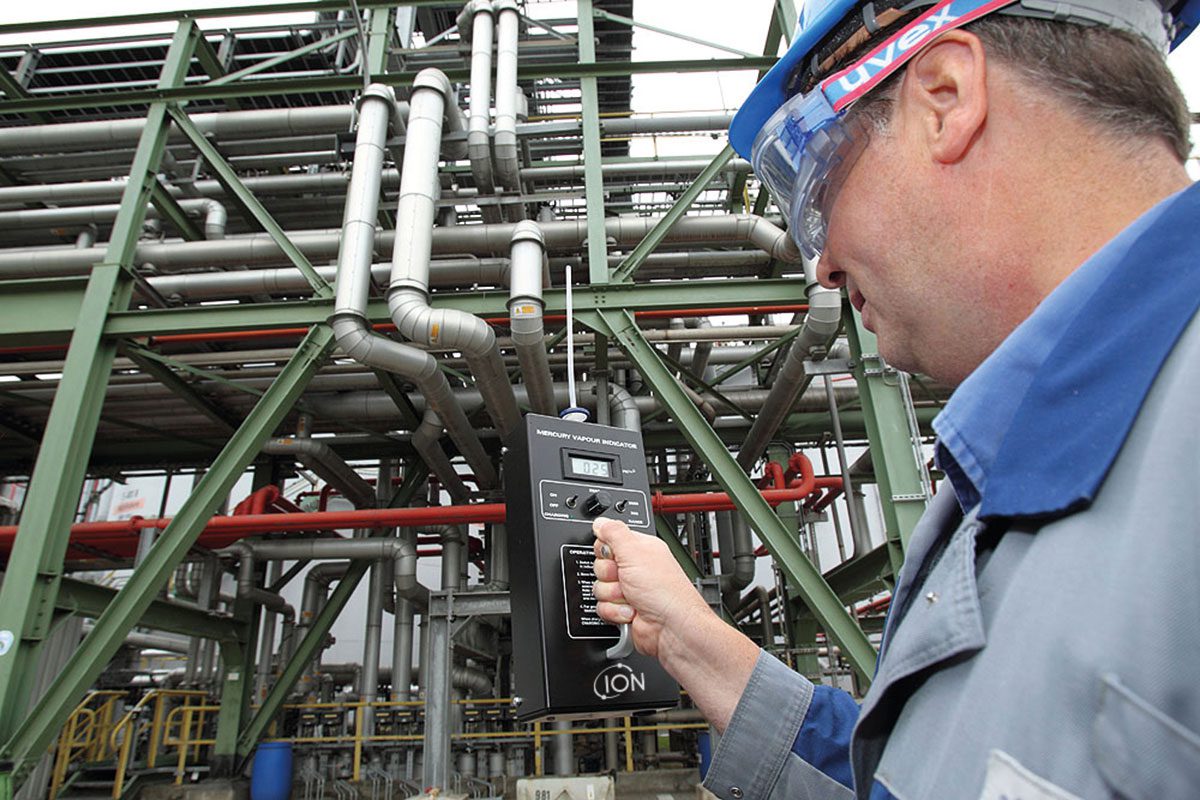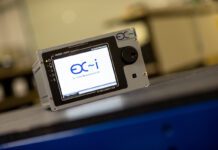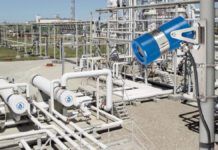
Gas instrumentation manufacturer Ion Science says its Mercury Vapour Indicator (MVI) can provide rapid and reliable mercury detection during decommissioning, demolition, repurposing or refurbishment of industrial plant, laboratories and other premises.
Environmental pressures and legislation to control hazardous substances have resulted in a sharp decline in the use of mercury although it remains an important chemical in many industrial processes, including the production of chlorine, cement, caustic soda and sulphuric acid and a wide range of products.
Exposure to excessive levels of mercury carries with it a number of serious health risks. When properly contained and controlled, mercury can be used safely. Problems start when premises that have historically used the chemical are demolished, decommissioned, repurposed or refurbished. It means mercury that has been contained for decades can be released into the environment.
Ensuring that facilities are safe during construction and that there is no health risk associated with any repurposed land and new or refurbished buildings when they are occupied places an emphasis on effective contamination monitoring.
The MVI is a handheld instrument that can detect mercury in three seconds. The MVI’s dual beam UV technology eliminates the problem of saturation and the need for regeneration between readings, maximising its availability and uptime.
Ion Science’s MVI provides continuous readings and offers two detection ranges of 0 – 200 µg/m3 (res. 0.1 µg/m3) and 0 – 2000 µg/m3 (res. 1 µg/m3). These two ranges provide critical coverage for the OSHA PEL at 100 µg / m³ and the IDLH at 1000 µg / m³.
Other conventional monitoring technologies have limitations, says Ion Science. For example, cold vapour atomic absorption is excellent at detecting sub parts per billion (ppb) concentrations of mercury but is far too sensitive for use industrial premises and will over-range, making it impossible to pinpoint mercury sources. Gold film mercury vapour instruments offer a much wider range but are quickly saturated and then have to be regenerated away from the contaminated area before they can be used again.
Ergonomically designed for simple, one-handed operation, the MVI is the ideal survey unit for rapid and reliable mercury detection. It helps to pinpoint mercury sources in even the most challenging environments.






